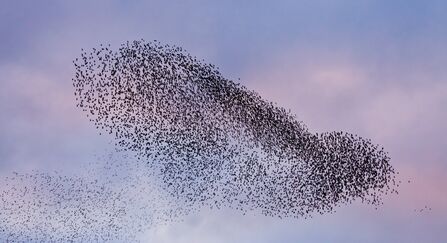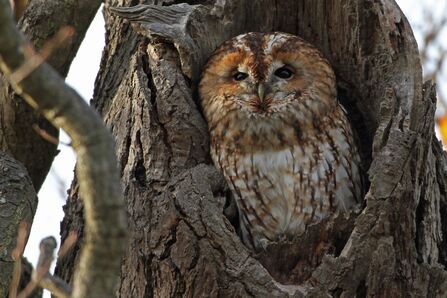November marks a seasonal transformation from autumn to winter, when temperatures cool, mornings turn misty, and nights swiftly draw in. You may think November is a quiet month, however, take a closer look on your next stroll and you might just discover an abundance of species. Starlings swirl in air displays, winter migratory birds take up residence, and orb weavers build their webs. What can you discover?
Magnificent Murmarations
One of November's most charming sights is the murmuration of starlings (Sturnus vulgaris). Identified by their glistening dark feathers, juveniles are different with greyish brown feathers. Starlings flock in groups called murmurations, where hundreds to thousands of birds perform synchronised air displays before settling down to roost overnight.
This aerial formation isn’t just magical; it provides insulation, security from predators, and access to the best feeding grounds. Head to reedbeds at dusk on a quiet evening and you may witness this stunning sky show.




